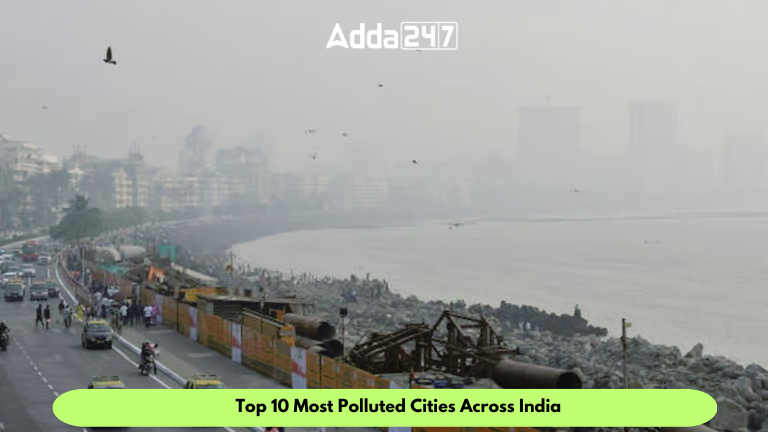Air Pollution in Northern India: A Cause for Concern
Northern India has been battling the problem of air pollution for the past few weeks, with several cities experiencing “very poor” air quality. The pollution crisis has been particularly severe in Bihar, Rajasthan, and Haryana, with cities such as Begusarai, Bahadurgarh, and Dholpur recording AQI levels above 370.
Understanding The Air Quality Index (AQI) And How It Works
Top 10 Most Polluted Cities Across India
The Central Pollution Control Board (CPCB) has released data on the air quality of 242 cities across India. According to the data, no city recorded “severe” air quality, but 11 cities, including Delhi, Angul, Faridabad, Bikaner, Bhiwadi, Byrnihat, Arrah, Sonipat, Noida, Dharuhera, and Rohtak, recorded “very poor” air quality.
The primary cause of air pollution in Northern India is a combination of factors, including vehicular emissions, industrial emissions, and agricultural burning. These factors contribute to the formation of particulate matter (PM), which is a major health hazard.
Impact of Air Pollution
Air pollution has a significant impact on human health. Exposure to PM can cause a variety of respiratory problems, including asthma, bronchitis, and lung cancer. It can also exacerbate cardiovascular diseases.
In addition to its health impacts, air pollution also has economic consequences. It can lead to reduced productivity and increased healthcare costs.
Steps to Address Air Pollution
Several steps can be taken to address air pollution in Northern India. These include:
- Promoting the use of public transportation and cleaner fuels
- Enforcing stricter emission standards for vehicles and industries
- Promoting sustainable agricultural practices
- Increasing tree cover
Addressing air pollution is a complex challenge, but it is one that must be addressed to protect the health and well-being of the people of Northern India.




 India's Progress in Human Development In...
India's Progress in Human Development In...
 CareEdge State Rankings 2025: Maharashtr...
CareEdge State Rankings 2025: Maharashtr...
 Top 10 Most Expensive Cities To Live Aro...
Top 10 Most Expensive Cities To Live Aro...







